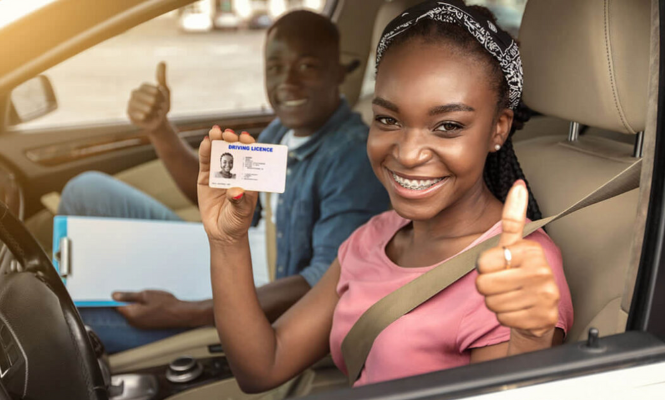We all remember the excitement and freedom of learning to drive. However, teaching your teen to drive can be much more nerve-wracking than when you were the one getting behind the wheel. The risk of motor vehicle accidents is higher for drivers ages 16-19 than for any other age group. Teen drivers are more likely to underestimate dangerous situations or engage in risky behavior like failing to wear their seatbelts than older drivers. On the positive side, teen accidents are preventable, and fatalities in crashes involving teen drivers have decreased steadily since the 1980s.
With proper education, you can help young drivers be safer. Driver’s education courses are an excellent way to prepare your teen to take on the roads, but they are not a standalone solution. Washington State requires teen drivers to have at least 50 hours of supervised driving practice, including 10 at night, to secure their Intermediate Driver’s License. Use these must-know tips when it is time to teach your teen to drive.
The risk of motor vehicle accidents is higher for drivers ages 16-19 than for any other age group.
7 Tips to Teach Your Teen to Drive
- Go over essential beginner skills. Turning, braking smoothly, parking, and keeping a safe following distance are just a few.
- Stay calm and give directions with plenty of notice so your teen has time to react safely. Avoid yelling when reacting or giving feedback.
- Try correcting with questions. For example, if your teen were following a car too closely, ask, “What is the recommended following distance?” If they were speeding, try asking, “What is the speed limit here?” Help them think through what they should be doing.
- Be specific and supportive. Instead of general comments like “you’re not paying attention,” be specific about what you would like them to do and why it is important. Use positive reinforcement when your teen is doing well.
- Ensure your teen drives in different contexts, including a range of weather conditions, varied road types, and new routes. Start in mild weather in the daytime (empty parking lots are a great place to start) and work up gradually to other conditions as your teen gains confidence. A 2017 study found that “exposure to diverse roadways increased over the practice driving period” was a key predictor of safer teen driving habits.
- Talk about the risks. Distracted driving (like cell phone use), speeding, drug and alcohol use, and other high-risk behaviors are all important to discuss openly with your teen.
- Be a good role model. You are the best example for your teen driver to learn from—drive responsibly and distraction-free, and your kids will learn from what you do as well as from what you say
Protect Yourself and Your Family When an Accident Happens
Similar to teen driving, the aftermath of an accident does not have to be scary. When you or a loved one is involved in a car accident, call or text experienced car accident lawyer David Ranz at Ranz Injury Law at (206) 429-5227 for free, no-obligation case evaluation.
Citations and Related Articles
- Centers for Disease Control and Prevention (CDC) – Teen Drivers and Passengers: Get the Facts
- Ranz Injury Law – New Year’s Eve Safety Tips for Washington Drivers
- Ranz Injury Law – Puget Sound: Winter Driving Tips 2022
- Ranz Injury Law – Washington State Route 99 Safe Driving Tips
- MoneyGeek – Teen Drivers By the Numbers: Population, RisksRan and Accidents
- National Highway Traffic Safety Administration (NHTSA) – Teen Driving
- State Farm – Teen driving 101: a step-by-step test of essential driving skills
- Verywell Family – Teaching Your Teen to Drive


